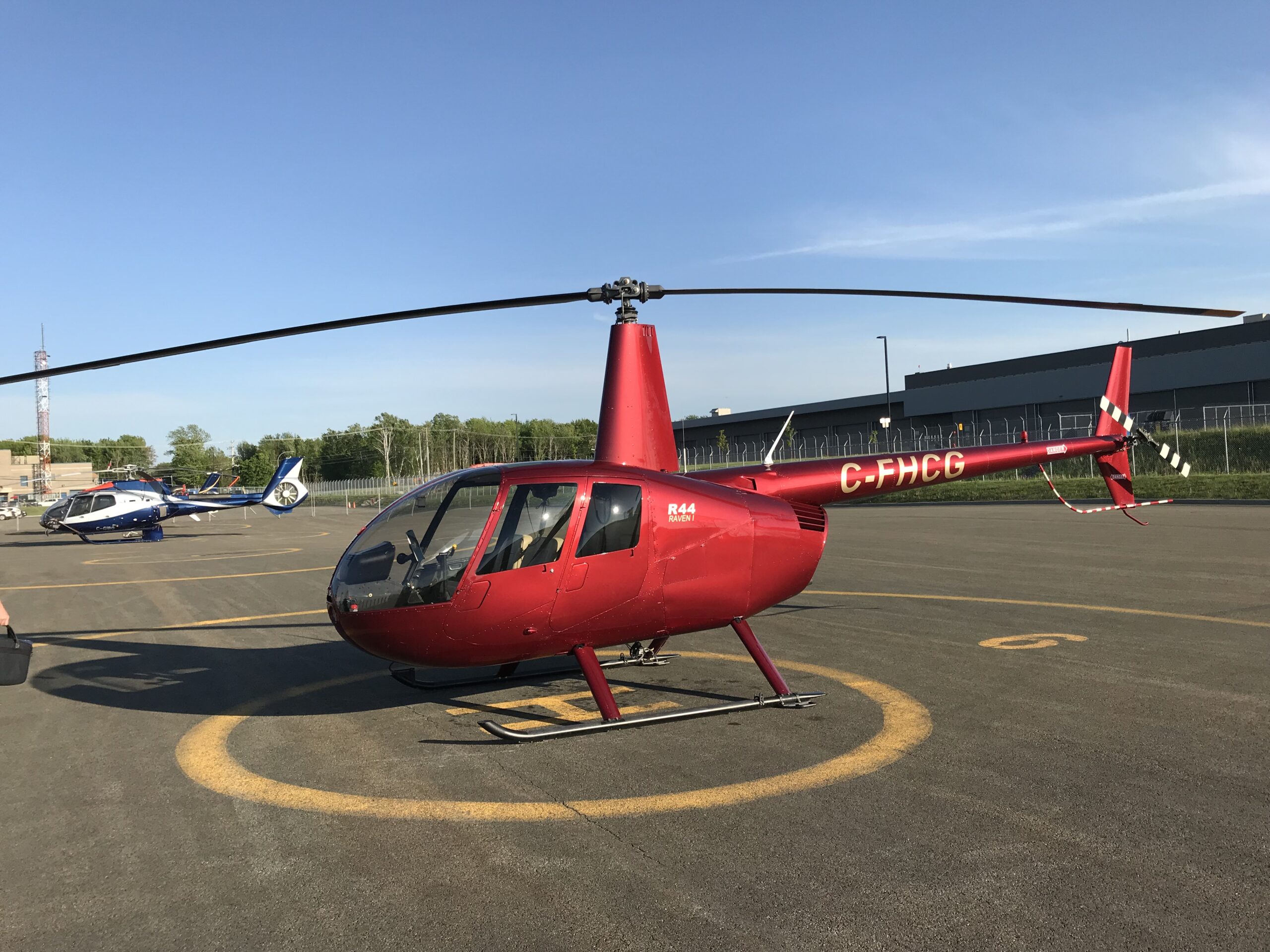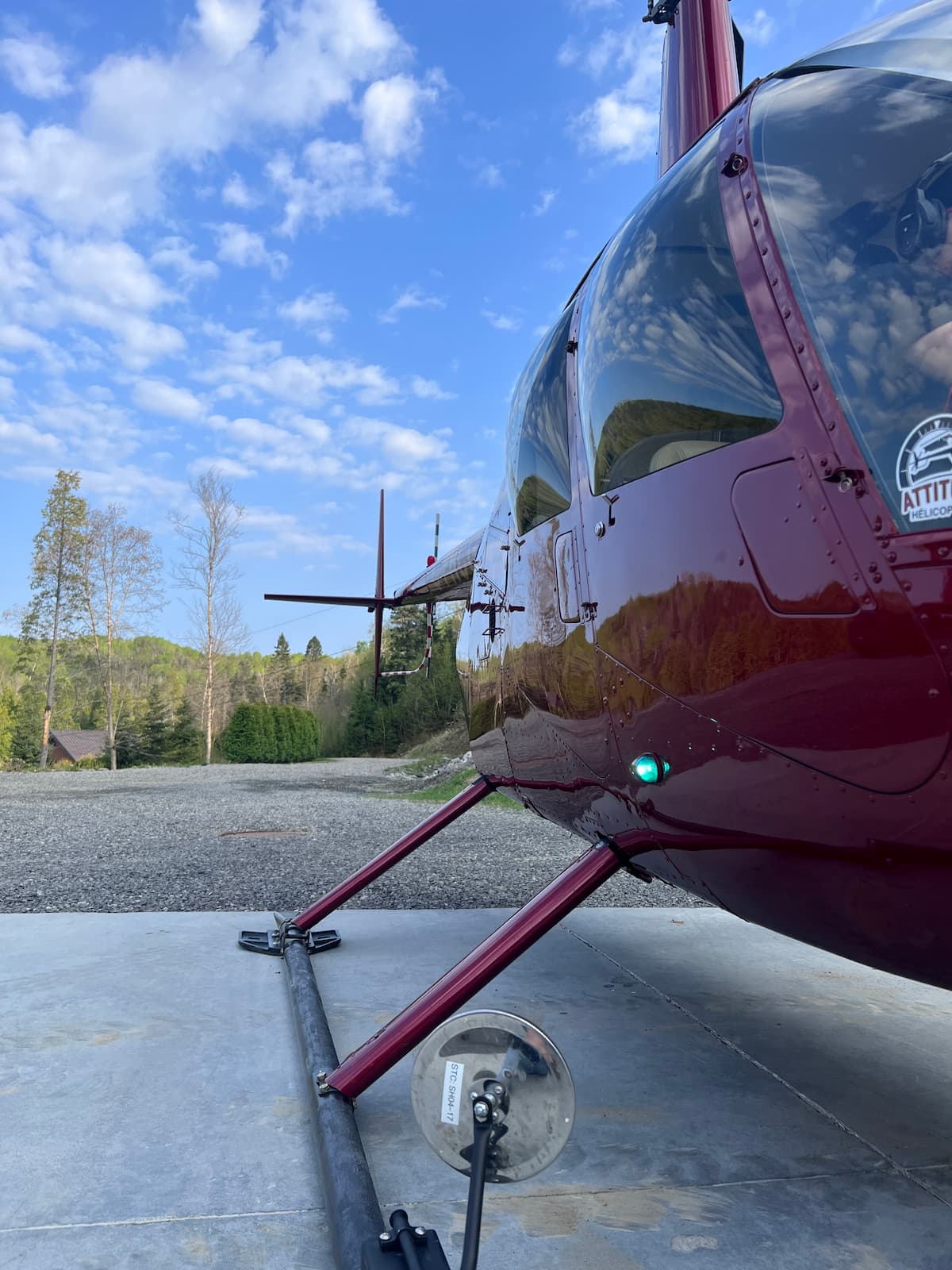

Any trip aboard an aircraft involves a degree of personal risk. Although helicopters are one of the safest means of transport, passengers are still required to observe certain rules of caution.
The purpose of this page is to provide you with information on how to prevent accidents and what to do in an emergency. It will also help ensure your comfort and that of your fellow passengers.

Fasten your seat belt: Before taking off, it's important to make sure your seat belt is properly fastened and adjusted. Also make sure to follow the flight attendants' instructions regarding safety.
Listen to the flight personnel's instructions: The flight personnel are there for your safety, and they will give instructions before and during the flight. It is important to follow these instructions to the letter to ensure the safety of everyone on board.
Avoid loose objects: It's important to avoid loose objects, such as hats, scarves and bags, which could come off during the flight. If you must carry objects, make sure they are securely fastened or stored in a designated compartment.
Keep doors closed: Helicopter doors must be kept closed during flight, unless otherwise instructed by the flight crew.
Remain seated: During flight, it is important to remain seated with your seatbelt fastened and not to lean out of the helicopter.
Respect weight limits: Weight is an important factor to consider when preparing for a helicopter flight. Be sure to respect the weight limits indicated by the operator.
Be aware of helicopter hazards: Helicopters can be dangerous, especially during take-off and landing. Be aware of the risks, and follow the instructions of the flight crew to minimize them.
The pilot-in-command is in charge of the aircraft for the duration of the mission, and is responsible for its execution. He chooses the route, the flight altitude and determines the aircraft's load distribution. He may postpone or suspend departure and, during the flight, may change destination whenever he considers it essential for safety, provided he gives reasons for his decision.
Helicopter flights are subject to meteorological and technical hazards. Certain conditions may prevent you from flying safely. The pilot will make the best decision to guarantee your comfort and safety. If necessary, he will explain why it is not possible to fly. Please respect his decisions in all circumstances.

If you suffer from motion sickness, it is advisable to inform the pilot so that he can adapt his flying style. It is not advisable to take medication for motion sickness before the flight, especially without medical advice. For the same reasons, alcohol should not be consumed before the flight.
Piloting movements are very gentle, with no abrupt maneuvers. What's more, panoramic vision is unobstructed to the front and sides. So you're unlikely to get sick. However, if you do, vomit bags are available on board.
If you're a scuba diver, it's imperative that you allow 24 hours between a dive and the helicopter flight.
For under-age passengers, one of the parents must sign a liability waiver.

Smoking is strictly prohibited on the premises, in the parking lots and in the vicinity of the helicopters.
Never walk behind a helicopter.
Helicopter doors are very fragile: hold them firmly, handle them with care, don't let them fall and don't slam them.
The pilot will show you where you can stow your bags and clothes. He'll also show you how to get on board, use the seatbelt and open the door from the inside.

During the flight, you will be provided with a headset and will be able to communicate with the pilot.
Under no circumstances should you touch or interfere with buttons, instruments, switches or flight controls. It is vital that your clothes, bag strap, camera strap, etc. do not touch the flight controls.
You may only touch the air vent in the door, to adjust the ventilation to your liking. Don't throw anything outside, even on the ground, and make sure nothing gets sucked in through the hatch (paper, bag, key, etc.), as this could cause the tail rotor to break.
In the event of nausea or discomfort, warn the pilot as soon as possible: he will adapt his piloting to your symptoms and shorten the flight if necessary. Vomit bags are available on board.

Listen carefully to onboard personnel: In the event of an emergency, onboard personnel will give important instructions to ensure your safety. Listen carefully to these instructions and follow them carefully.
Remain calm: It's normal to feel stressed in an emergency situation, but it's important to remain calm in order to make the right decisions and follow the instructions of the on-board personnel.

